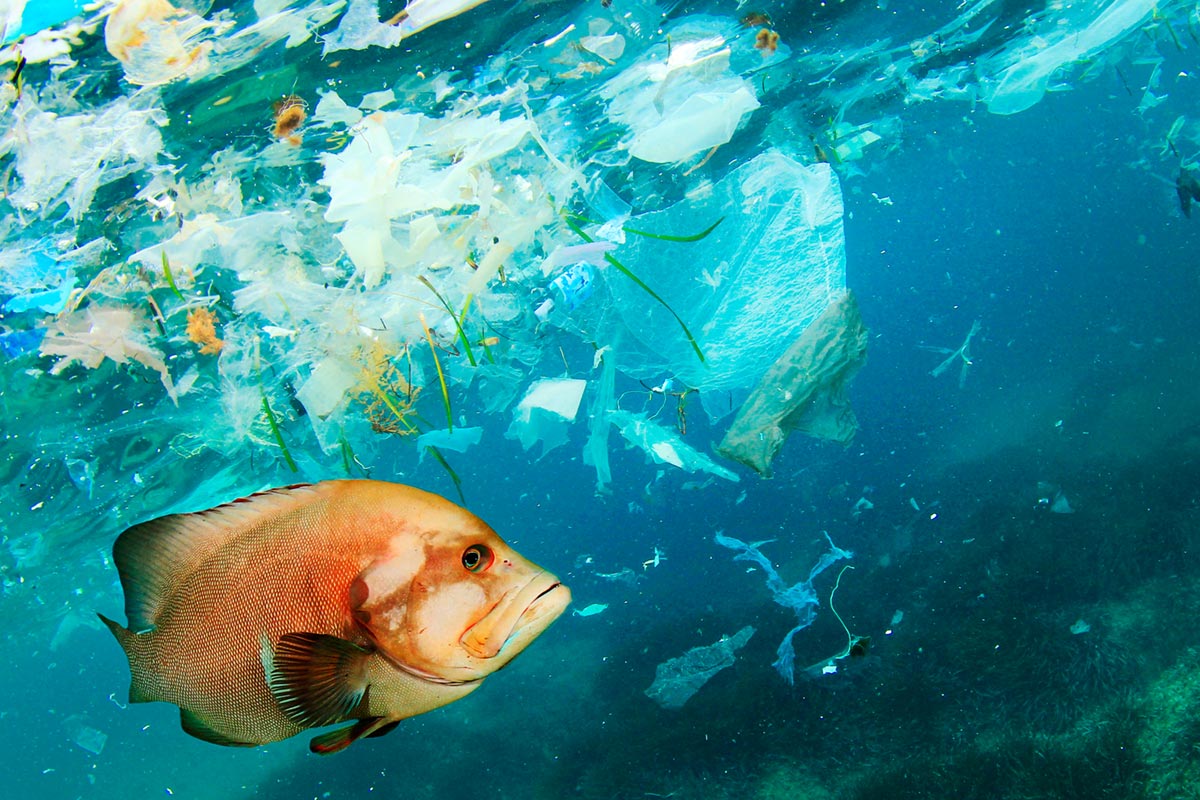Wanted: 1,000 bags with plastic junk

Wanted: 1,000 bags with plastic junk
More than 15 tons of plastic is dumped into our oceans every minute. Today there is a quarter of a kilo of plastic in the ocean for every five kilos of fish. This is why Finn.no started the campaign Havplast – ocean plastic – and by that, took another stand for the environment.
It all started with a stranded whale, outside Bergen in Norway in early 2017. When it was cut open researchers found that it was filled with plastic and the problem with ocean litter became obvious to the whole of Norway. The public learned that if we continue like this, there will be as much plastic as fish in the ocean in 33 years, according to researchers. “We believe that brands can be activists and we want to engage our consumers in responsible consumption – and help life below water. Norway is one of the countries in the world with the longest coastline. The problem is real for most Norwegians and it’s crucial that we act”, explains Hanne Lill Johnsen, Marketing Manager. The idea that came up was also within their core; to create a classified category for ocean plastic on Finn.no. Then they posted an ad: “We want to buy 1,000 bags with marine litter for 10 USD a bag”. Everyone that answered the ad received a bag and was asked to fill it with marine litter and post a new ad on Finn.no, who would then buy it. The 1,000 bags were gone in hours. So, Finn bought 5,000 more. They were gone in days. They then invited other brands into the project. One bank bought 2,500 bags. Ikea set up containers where people could deposit their bags. In the summer of 2017, thousands of Norwegians took to the beaches to help clean up the coastline.
100 school classes helped out
In 2018 Finn wanted to do something new. “We teamed up with a kids environmental club, Miljøagentene, and reached out to 5th graders to help us collect plastic from the beaches”, says Hanne.
5,000 kids did an impressive job, collecting and learning about the plastic problem. More than 100 school classes contributed. They all got 20 bags each which Finn bought. All together plastic worth 30,000 USD was sold.
For Finn the ocean plastic project is much more than a single campaign. Being a marketplace for secondhand trade, the environment and the climate issue is directly connected to their business. “Our core is about reuse – and that is part of the solution for our climate. And a part of a more circular economy.” And just as people want to help collect ocean litter, more and more people also want to contribute to a more sustainable world. And this is what all the users at Finn.no and other marketplaces are doing when buying and selling used stuff.
Secondhand sales save on plastic
To make this more visible, Finn is also part of a Schibsted project called The Second Hand Effect, where they measure the environmental benefit from secondhand trade. The idea is to investigate how much material and emissions can be saved through secondhand trade, if each secondhand product replaces the production of a new one. Then this is recalculated into greenhouse gases. In 2017 ten of Schibsted’s marketplaces, all over the world, participated in the project. When adding up the result, it turns out that the users on these sites saved 21.5 million tons of greenhouse gases. And to connect the dots – they also avoided 1.2 million tons of plastic to be produced – when instead buying and selling used things. “The Second Hand Effect shows us that small actions can make a big difference for the planet”, says Communication Officer Kristine Eia Kirkholm.